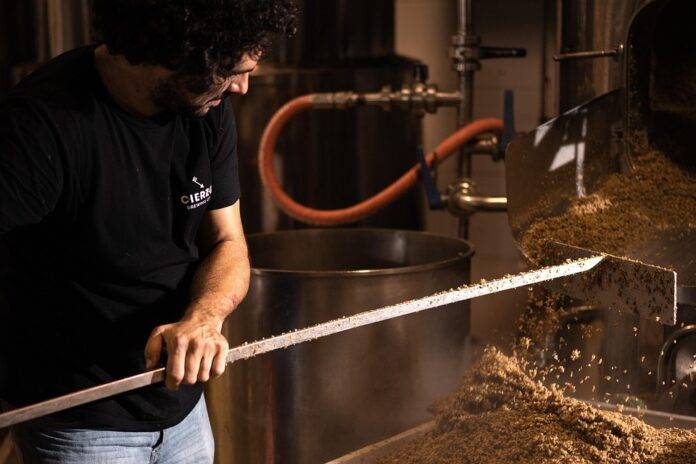Introduction
Decoction mashing is a traditional brewing technique that has been used for centuries to enhance the depth and malt richness of beer. By boiling a portion of the mash and then reintroducing it back into the main mash, brewers can extract more flavor and color from the grains, resulting in a more complex and flavorful brew. In this report, we will explore how brewers use decoction mashing to achieve these desired characteristics, along with the financial implications and industry insights associated with this technique.
Understanding Decoction Mashing
Process
Decoction mashing involves removing a portion of the mash (a mixture of crushed grains and water) and boiling it in a separate kettle. This boiling process helps to caramelize the sugars in the grains, creating a richer and more complex flavor profile. The boiled portion is then reintroduced back into the main mash, raising the overall temperature and activating enzymes that further break down the starches in the grains.
Benefits
One of the main benefits of decoction mashing is the depth of flavor it imparts to the beer. By boiling a portion of the mash, brewers can extract more Maillard reaction products, which are responsible for the malty and caramel-like flavors found in many traditional beer styles. Decoction mashing also helps to improve the mouthfeel and head retention of the beer, resulting in a more well-rounded and satisfying drinking experience.
Financial Implications
Cost Considerations
While decoction mashing can enhance the quality of the final product, it can also be a time-consuming and labor-intensive process. Brewers must factor in the additional time and resources required to perform decoction mashing when calculating the overall cost of production. This can impact the profitability of the brewery, especially for smaller craft brewers operating on tighter budgets.
Market Demand
Despite the potential challenges associated with decoction mashing, there is a growing demand among consumers for beers that showcase traditional brewing techniques and authentic flavors. Craft breweries that specialize in producing high-quality, artisanal beers are increasingly turning to decoction mashing as a way to differentiate themselves in a crowded market. This can lead to increased sales and brand loyalty among consumers who appreciate the craftsmanship and attention to detail that goes into each batch of beer.
Industry Insights
Trends
In recent years, there has been a resurgence of interest in traditional brewing techniques, driven by consumer demand for unique and innovative beer offerings. Decoction mashing is just one example of the many time-honored practices that brewers are rediscovering and incorporating into their brewing processes. This trend is likely to continue as craft breweries seek to stand out in a competitive market and appeal to discerning beer enthusiasts.
Companies Using Decoction Mashing
Several well-known breweries are known for their use of decoction mashing to create exceptional beers with rich malt flavors. For example, Weihenstephaner in Germany is renowned for its traditional brewing methods, including decoction mashing, which are used to produce award-winning lagers and wheat beers. Closer to home, Sierra Nevada Brewing Company in the United States also incorporates decoction mashing into some of its beer recipes, resulting in unique and flavorful offerings that have garnered widespread acclaim.
Conclusion
Decoction mashing is a valuable tool that brewers can use to enhance the depth and malt richness of their beers. While it may require additional time and resources, the benefits of decoction mashing in terms of flavor and quality can make it a worthwhile investment for breweries looking to distinguish themselves in a competitive market. By understanding the process, financial implications, and industry insights associated with decoction mashing, brewers can make informed decisions about how to incorporate this traditional brewing technique into their own recipes.


